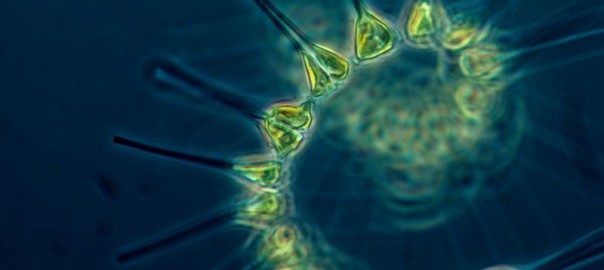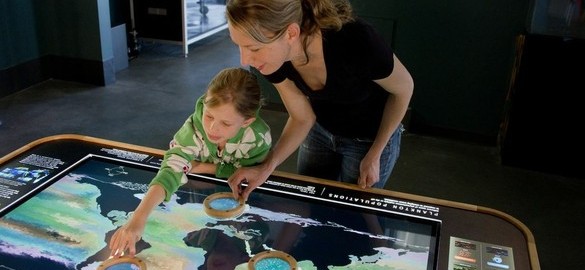by Alli Gold Roberts (MIT Joint Program on the Science and Policy of Global Change)
Read this story at MIT News
Phytoplankton — small plant-like organisms that serve as the base of the marine ecosystem — play a crucial role in maintaining the health of our oceans by consuming carbon dioxide and fueling the food web. But with a changing climate, which of these vital organisms will survive, and what impact will their demise have on fish higher up the chain?
Stephanie Dutkiewicz, a researcher with the MIT Joint Program on the Science and Policy of Global Change, and her colleagues developed a model that investigates the potential effects of climate change on phytoplankton.

